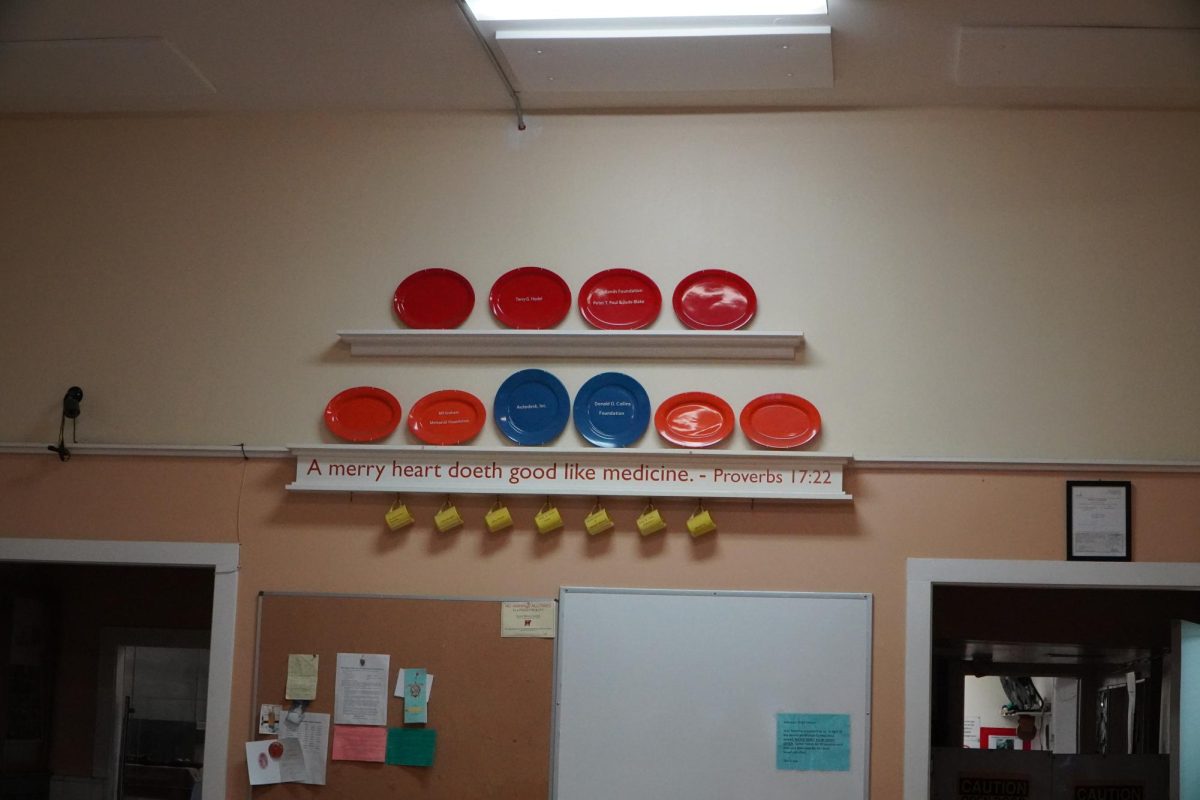
From IUDs to Depo-Provera shots, and to the original pill (Plan-B), birth control has evolved substantially since its debut in May of 1950. Over the past few decades, birth control and general contraceptives have been altered to fit the ever-changing norms of teenage life. The most recent update to the birth control pill was made just four months ago in 2023. Opill, the first over-the-counter birth control pill, was approved by the FDA on July 13th, 2023. It is expected to be available to the public by 2024. Nevertheless, individuals have developed concerns that this product is seemingly so well done it’s unrealistic. Numerous questions have emerged about the price, availability and overall effectiveness of Opill specifically due to current costs of contraceptives on the market.
According to the CDC, “in 2015–2017, [it was reported that] 64.9 percent of the 72.2 million women aged 15–49 in the United States were currently using contraception.” Yet, despite birth control being used by such a large demographic, the reality is that the price can vary substantially depending on whether or not someone has insurance. According to Planned Parenthood, without insurance, contraceptives like an IUD can cost up to $1300 and surgeries such as sterilization can cost up to $6000. Fortunately, regular birth control only costs up to around $50 for the month, cumulatively costing a total of $600 a year without insurance. These prices do not keep in mind that prescriptions are often needed, increasing the costs as individuals must consult a doctor. According to Sidecar Health, an American health insurance company, an average visit to the doctor in California costs $103 to $158, depending on where a person chooses to go.
Magdalena Maguire, a Wellness Outreach Specialist shared her opinions on the price of birth control.
“If somebody can’t talk to their parents about [birth control] or can’t talk to a doctor about getting on birth control, they [will be] faced with an $800 price tag monthly. That just [may] not be an option for somebody on their own. So I think it brings in a lot of socioeconomic status. If this is something that’s really expensive, and only accessible to the upper echelons of income, then it’s not doing what I think it’s intending to do –which is create [easier] access to these birth control methods,” Maguire said.
Junior Ella Povio offered similar viewpoints as she feels the high price of birth control is a prevalent issue.
“I mean, health care is expensive, and going to a doctor is expensive. And I think that having more accessibility, both financially and also just easy access to [birth control] is a good thing.”
According to USA Today, easy access precisely what the new pill is made for.
“Experts say the FDA’s groundbreaking approval of the pill norgestrel, sold under the brand name Opill, will increase access to effective contraception for people who lack easy access to the health care system for a prescription,” according to USA today.
Beyond discussions of price, many individuals are also curious as to why the FDA’s approval of the pill has been so delayed. The Opill birth control pill is currently sold over the counter in Europe, Latin America, the Middle East, Africa and Asia-Pacific. So, individuals wonder why it has taken so long in the U.S., especially given that “the number of women using a modern contraceptive method increased from 663 million to 851 million, between 2000 and 2020 and an additional 70 million women are projected to be added by 2030,” according to the World Health Organization.
Opill itself isn’t a new item as it has been sold since 1973 under a different name of Norgestrel. The only difference is that originally it was sold as a prescription only birth control, now the concept and name has been modified to allow the product to be bought over the counter. In contrast to other birth control pills, Opill only contains progestin, while other prescription pills contain both progestin and estrogen. This means that Opill has less side effects than other oral contraceptives, allowing for it to be bought without a prescription. This is considered a huge step given that unplanned pregnancy is an extremely prominent issue due to abortion rights being restricted in lieu of Roe v. Wade.
Opill could be the new solution and give new hope for teens that don’t have the option to consult with their parents or a doctor about birth control, especially given the numbers of teenagers who get pregnant each year. According to the youth activism hub at Dosomething.org (DSO) “three in ten teen American girls will get pregnant at least once before age 20, [which is] nearly 750,000 teen pregnancies every year.” Given how prominent teen pregnancy is, Opill could be a game changer for these teens around the world.
Junior Mika Temesov speaks on the cultural changes that this product could bring.
“[Birth control] being in stores kind of makes the product a little less like, ‘oh, my gosh, you’re on birth control.’ [Instead] it’s more of something like [buying] Advil and now you can buy [birth control] the same way. I also feel that mentally it doesn’t put as much of a strain on you. It doesn’t make you feel like you’re doing something wrong, or your actions are being judged [when you buy birth control].” Temesov said.
It’s not uncommon for people, especially teenagers, to have sensitivity around the topic of birth control, which makes it even harder to encourage the younger generations to take advantage of the resource.
“I think it’s such a taboo thing, even just talking about [birth control]. I have certain friends that it makes them very uncomfortable to talk about stuff like that. And I think by making it more accessible, and more of a common topic, in general is a good thing.” Povio said.
While the introduction of Opill is highly anticipated in the reproductive health world, the contraceptive will not be available to buyers until 2024. In the meantime, resources such as Planned Parenthood and Huckleberry in San Rafael have been crucial assets to helping teenagers with safe sex and allowing them to access contraceptives. On top of this Redwood provides resources through the wellness sexual health clinic specifically for students use. Hopefully, with the addition of Opill to the shelves, it will be another resource that students can use to be in control of their bodies and feel more comfortable with discussions around birth control itself.
Multicolor Professional Business Timeline Infographic by Hailey Carlton


















